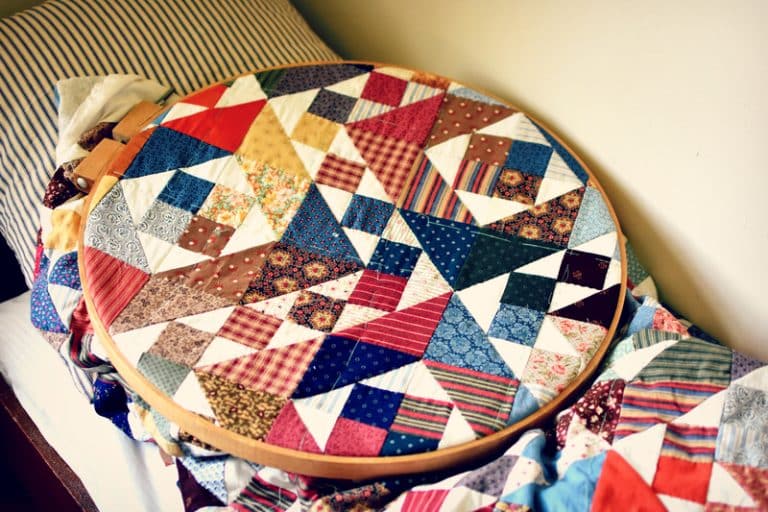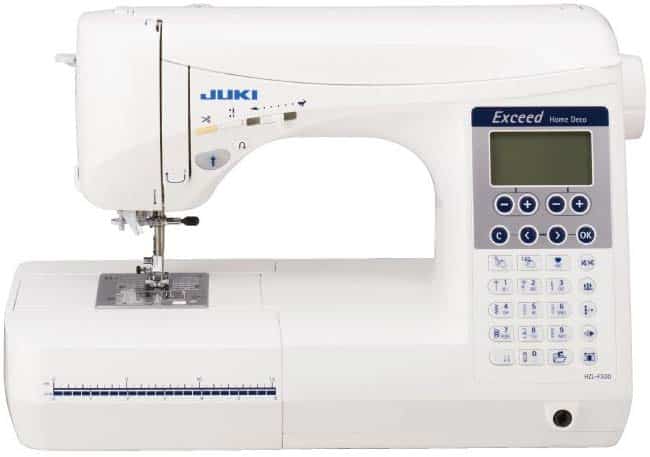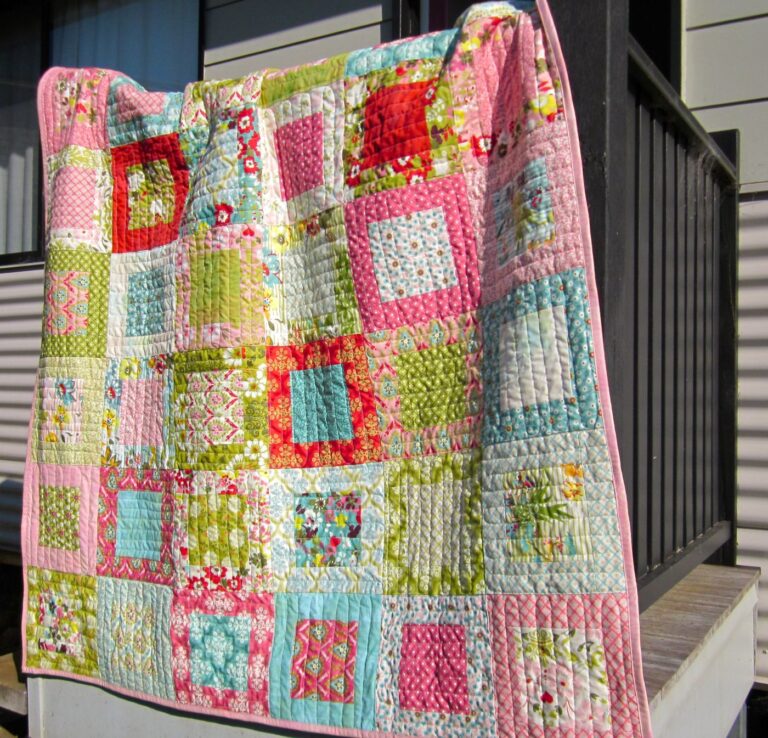What Are the Essential Tools for Quilting Beginners?
Embarking on your quilting journey can be both exciting and daunting. With so many tools and supplies available, it can be overwhelming to know where to start. However, with the right tools and a solid understanding of their uses, you can set yourself up for success in your new hobby.
In this blog post, we’ll guide you through the essential tools you need to get started with quilting. From cutting tools to sewing machines, we’ll cover everything you need to know to begin quilting with confidence. So, whether you’re a complete beginner or looking to refresh your quilting toolkit, this guide is for you.
Table of Contents
Key Takeaways:
- Choose the right cutting tools: Invest in a rotary cutter, cutting mat, and acrylic ruler to ensure precise and efficient cutting of fabric and quilting blocks.
- Quality sewing machine: For beginners, a basic sewing machine with straight and zigzag stitches is essential for piecing together quilt blocks and creating finished quilts.
- Essential notions: Stock up on basic quilting notions such as pins, needles, thread, and fabric marking tools to support your quilting projects and ensure a smooth quilting experience.

Understanding Quilting Basics
Some people think of quilting as just sewing pieces of fabric together to make a blanket, but it’s so much more than that. Quilting involves precise cutting, piecing, and pressing fabric to create beautiful designs and patterns. Before you can start quilting, it’s essential to understand the basics of quilting techniques, styles, and terminology.

Types of Quilting
There are several different types of quilting, each with its own unique style and method. The most common types include hand quilting, where you sew layers of fabric together by hand, machine quilting, which uses a sewing machine to stitch the layers together, tie quilting, which involves tying knots in the quilt to secure the layers, and free-motion quilting, a technique where you move the fabric freely under the needle to create intricate designs. Each type of quilting has its own set of tools and techniques that you will need to master to create beautiful quilts.
- Hand quilting
- Machine quilting
- Tie quilting
- Free-motion quilting
After understanding the differences between these quilting styles, you can choose the one that best suits your preferences and skills.
Essential Quilting Terminology
When you first start quilting, you may come across terminology that is unfamiliar to you. Understanding essential quilting terminology is crucial for following patterns and instructions accurately. Some key terms to know include block, which is a single unit of the quilt, sashing, the strips of fabric between the blocks, and binding, which is the fabric that frames and finishes the edges of the quilt. Learning these terms will help you communicate with other quilters and understand patterns and tutorials.
Must-Have Tools for Quilting
Keep in mind that having the essential tools for quilting is crucial for a successful and enjoyable quilting experience. Having the right tools will not only make the process easier but also improve the quality of your work. Here are the must-have tools for quilting that every beginner should have in their arsenal.
The Quilting Sewing Machine
When it comes to quilting, a reliable sewing machine is an absolute necessity. Look for a sewing machine that offers a variety of stitches, adjustable speed, and a wide work area to accommodate large quilts. A reliable sewing machine will be your best friend throughout your quilting journey, allowing you to create beautiful and intricate designs with ease.
Cutting Tools: Rotary Cutters, Scissors, and Mats
Sharp, high-quality cutting tools are essential for accurate and precise cutting of fabric. A rotary cutter is ideal for straight lines and curves, while scissors are perfect for trimming and cutting smaller pieces of fabric. A self-healing cutting mat provides a smooth surface for cutting and protects your work surface from scratches and cuts.
Measuring Tools: Rulers and Tape Measures
Accurate measuring is crucial for quilting, and having a variety of rulers and tape measures will ensure that your pieces are cut to the correct size. A clear, non-slip ruler and a flexible tape measure are essential for taking accurate measurements and creating precise cuts.
Marking Tools: Pens, Chalk, and Templates
Marking tools are essential for transferring patterns and designs onto fabric. Fabric pencils, chalk, and washable pens are commonly used to mark fabric without leaving permanent stains. Templates, such as stencils or plastic shapes, are also useful for creating consistent shapes and designs on your quilt.
Quilting Needles and Threads
The right needles and threads are essential for achieving clean and beautiful quilt stitches. Be sure to have a variety of quilting needles in different sizes to accommodate different fabrics and thread weights. High-quality quilting thread in a variety of colors will ensure that your stitches are strong and blend seamlessly with your fabric.
Pressing Essentials: Irons and Pressing Mats
Proper pressing is crucial for achieving crisp and professional-looking quilting seams. A high-quality steam iron and a pressing mat are essential for pressing your fabric and quilt blocks. A good pressing mat will provide a firm and even surface for pressing without distorting your fabric, while a steam iron will help set your seams and achieve a flawless finish.
Assembling Your Quilting Kit
Your journey into the world of quilting begins by assembling the essential tools and materials. Having the right equipment will not only make the process easier but also ensure that your quilting experience is enjoyable and rewarding.
Selecting Quality Materials
When putting together your quilting kit, it’s important to select quality materials. The fabric you choose will impact the overall look and durability of your quilt. Look for 100% cotton fabric, as it is easy to work with and offers great durability. Additionally, invest in high-quality batting and thread to ensure that your finished quilt is long-lasting and beautiful.
Organizational Tips for Beginners
As a beginner quilter, organizational tips can make a world of difference in your quilting experience. Start by setting up a dedicated space for your quilting projects, whether it is a small corner in your home or a designated room. Use storage containers to keep your fabric, tools, and supplies neatly organized. Labeling is key – make sure to label your fabric and notions to keep everything easily accessible. Create a design wall where you can lay out your quilt blocks and experiment with different arrangements. The more organized you are, the more enjoyable and efficient your quilting projects will be.
- Label all of your fabric and notions for easy accessibility
- Create a dedicated quilting space in your home
- Invest in storage containers to keep your materials organized
- Create a design wall for laying out quilt blocks
The more organized you are, the easier your quilting projects will be.
Starting Your First Quilting Project
After familiarizing yourself with the essential tools for quilting, you are ready to start your first quilting project. This is an exciting time as you begin to bring your creative vision to life through the art of quilting.
Step-by-Step Guide for Beginners
When starting your first quilting project, it is important to have a step-by-step guide to follow. Here is a breakdown of the essential steps you should take to ensure a successful and enjoyable quilting experience:
| Step 1: | Choose a simple quilt pattern to start with, such as a basic patchwork design, to familiarize yourself with the process. |
| Step 2: | Gather all the necessary fabric, thread, and batting for your project, making sure to have enough material for the size of quilt you want to create. |
| Step 3: | Follow the pattern instructions carefully, cutting and piecing together the fabric to create the quilt top. |
| Step 4: | Layer the quilt top, batting, and backing fabric together, then baste or pin them in place before quilting. |
| Step 5: | Quilt the layers together using your preferred quilting technique, such as hand quilting or machine quilting. |
| Step 6: | Trim the excess fabric and batting, then add the binding to finish the edges of your quilt. |
Problem-Solving Common Quilting Challenges
As a beginner quilter, you may encounter common challenges along the way. Understanding how to address these issues can help you navigate through your quilting project with confidence. Some common challenges you may face include difficulty in matching seams, achieving straight quilting lines, and ensuring consistent tension while stitching. Remember to take your time and practice patience as you work through these challenges, and don’t be afraid to seek advice from experienced quilters or online resources to overcome them.
Tips and Tricks for Successful Quilting
Unlike other sewing projects, quilting requires precision and attention to detail. To ensure successful quilting, here are some tips and tricks to keep in mind:
- Measure twice, cut once: Precision is key in quilting, so always double-check your measurements before making any cuts. This will help you avoid costly mistakes and ensure that your pieces fit together perfectly.
- Use high-quality tools and materials: Investing in good quality fabric, thread, and quilting rulers will make a world of difference in the outcome of your quilt. Low-quality materials can lead to frustration and produce an inferior final product.
- Stay organized: Keep your sewing area tidy and organized to prevent mix-ups and make the quilting process more efficient. Use labeling and storage solutions to keep track of your fabric pieces and patterns.
- Practice your seam allowances: Consistent seam allowances are crucial in quilting. Use a seam guide to ensure your seams are accurate, and take the time to practice achieving the perfect 1/4-inch seam allowance.
- Press, don’t iron: When assembling your quilt top, press your seams open rather than ironing them. This will help reduce bulk and create a flatter, more professional-looking finish.
Assume that taking the time to master these basic techniques will set you up for success in your quilting journey.
Improving Your Quilting Skills
If you’re looking to improve your quilting skills, consider taking a class or workshop to learn new techniques and gain valuable insight from experienced quilters. Additionally, there are plenty of instructional books and online tutorials available to help you expand your quilting knowledge. Practice is also key, so don’t be afraid to experiment with different patterns and designs to challenge yourself and grow as a quilter.
Resources and Communities for Quilters
When starting out as a quilter, it can be incredibly beneficial to connect with other quilters and join quilting communities. These groups provide a supportive environment where you can seek advice, share your work, and gain inspiration from fellow quilters. Additionally, there are numerous resources, such as quilting guilds, fabric shops, and online forums, that can provide valuable guidance and support as you continue to develop your quilting skills.
Conclusion
From above, it’s clear that as a quilting beginner, there are several essential tools that you’ll need to get started on your quilting journey. Investing in a quality rotary cutter, cutting mat, and ruler will ensure precise and efficient fabric cutting, while a sewing machine and iron will be essential for piecing and pressing your quilt blocks. Additionally, don’t forget to stock up on quality quilting thread, pins, and needles to complete your quilting toolkit. With these essential tools in your arsenal, you’ll be well-equipped to dive into the world of quilting and start creating beautiful, handmade quilts.
FAQ
Q: What Are the Essential Tools for Quilting Beginners?
A: As a quilting beginner, there are several essential tools you will need to start your quilting journey. These include fabric, cutting tools, sewing machine, rulers, and a pressing iron.
Q: What type of fabric is best for quilting beginners?
A: For quilting beginners, it is recommended to start with 100% cotton fabric. Cotton is easy to work with, readily available, and comes in a wide variety of prints and colors suitable for quilting projects.
Q: Do I need a special sewing machine for quilting?
A: While you can technically quilt by hand, having a sewing machine specifically designed for quilting will make the process much easier and more efficient. Look for a machine with a wide throat for maneuvering large quilts, and features such as a walking foot and free-motion quilting capabilities.





